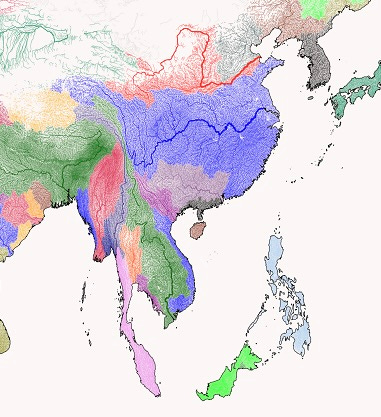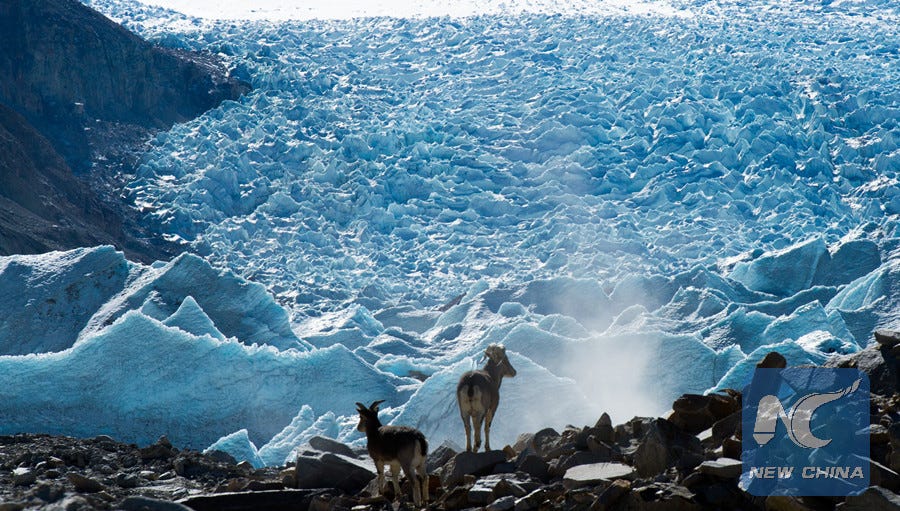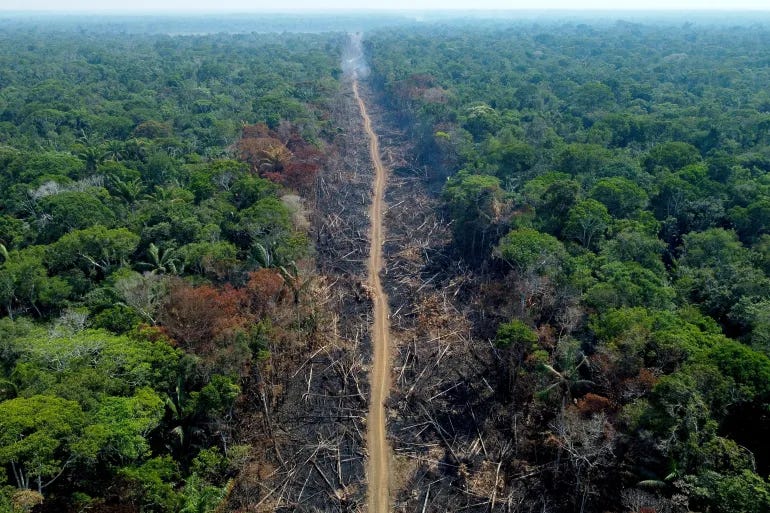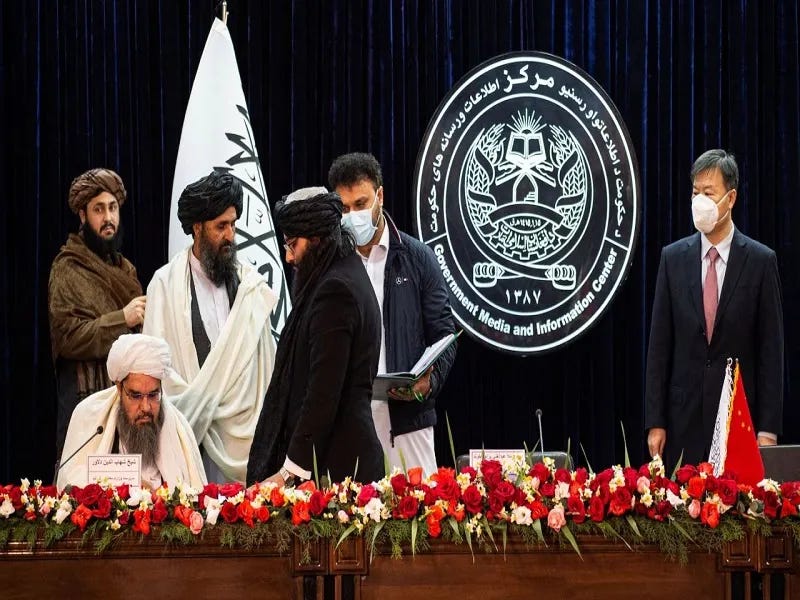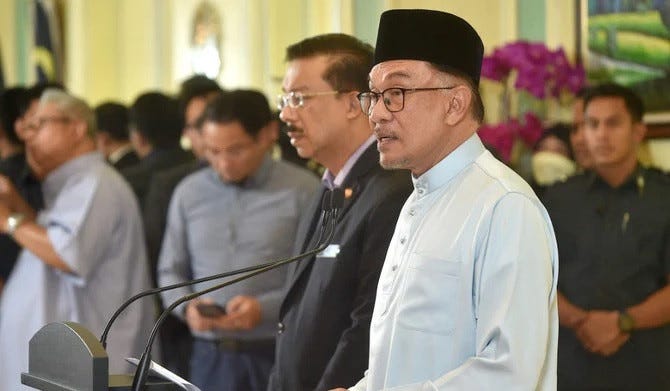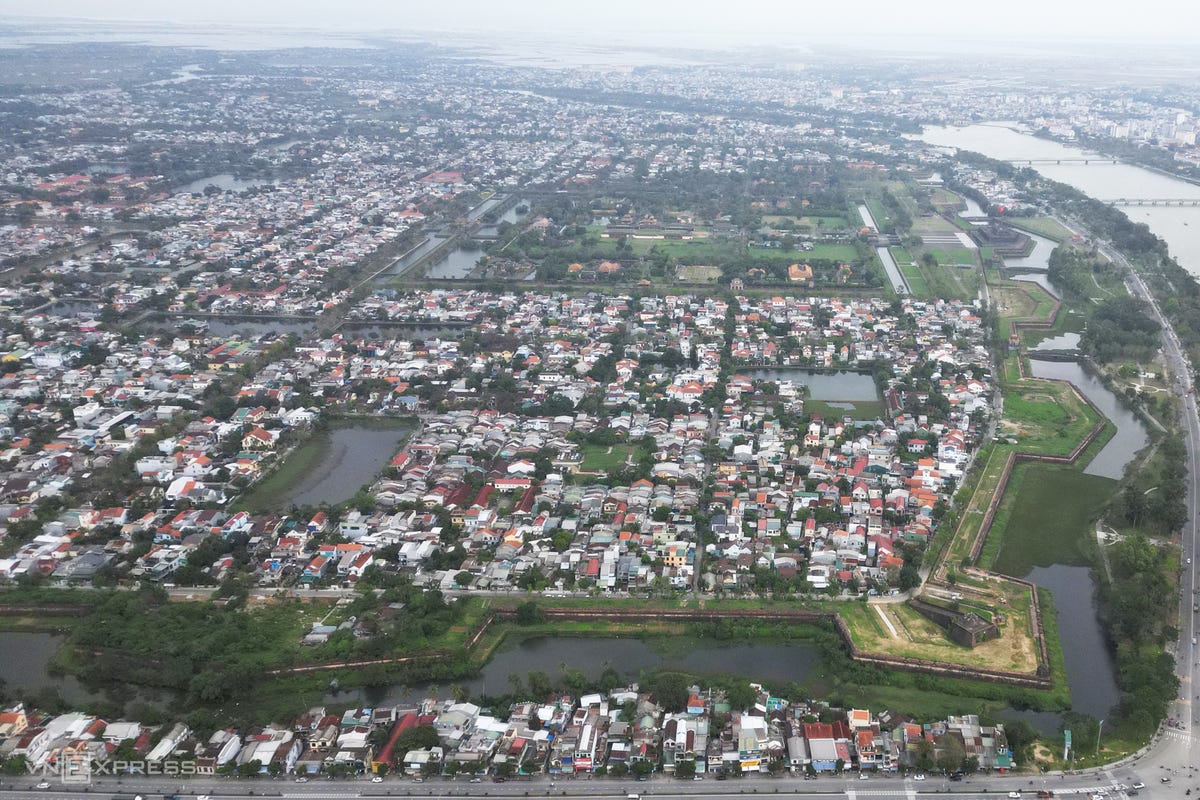Political Ecology
Jumping spider eyes, river basins & glaciers mapped, Bolsonaro Amazon destruction & storming of Congress, China re-energises Afghanistan, Palm Oil raises Malaysia -Indonesia ties and Hue imperial city
UPDATE: Like jumping spiders the Long Mekong Daily takes a 360 view of the nexus between ecology and politics. First up new mapping of the worlds river basins displays their geographical extent and population support. Many of the great rivers flow from great glaciers in the high mountains or cold polar regions and the Long Mekong Daily provides the latest data mapping. Brazil is in transition and the final days of the Bolsonaro administration saw unprecedented destruction of the Amazon rain forest. To make matters worse the Florida based ex-president of Brazil has taken a leaf from his Florida neighbour and political mentor Donald Trump to organise the « storming of the Congress » in Brasilia. Meanwhile, China has struck an energy deal with Afghanistan that will help stabilise the economy all but destroyed by the US 20 year occupation. Malaysia’s new PM, Anwar Ibrahim sees ties with Indonesia, the new ASEAN chair and rising giant as essential to face global challenges. Finally, Vietnam is relocating thousands of people from the former imperial city of Hue’s historic palace complex, where they settled in the wake of the disastrous US war on the country.
Jumping spider eyes
WHAT’S THAT?
With a near 360° field of view, jumping spiders have incredibly advanced visual systems. They have four pairs of specialized eyes, and their two front-facing ones (seen here) possess resolution that surpasses all insects and even some mammals. They use their eyes to perform bizarre mating rituals and intricate hunting maneuvers…all with a brain the size of a poppy seed.
For the first time, scientists at Cornell University have recorded neurons in the visual system of a jumping spider. They made a tiny, self-sealing hole into the brain of a spider so they could insert an electrode. The electrode would then record brain activity in response to visual cues on an LCD screen. This data will help future scientists develop miniaturized sensors and robots that can execute advanced behaviors and processes.
See more of Biocanvas here.
Mapping the World’s River Basins by Continent
There are hundreds of rivers on Earth’s surface, moving freshwater from hills and mountains down to larger rivers, lakes, and oceans. Thanks to the planet’s natural slopes and ridges, falling rain that isn’t absorbed by soil or evaporated also ends up in nearby rivers. This area—where all flowing surface water converges—is called a river basin, drainage basin, or watershed.
The world’s largest continent also has one of the largest varieties of river basins. From large sweeping basins in North Asia, to deserts in mountainous Central Asia and the Arabian Peninsula, to the multitude of basins draining into the Indian Ocean.
One of the major standouts is the Yangtze in China, the world’s third-longest river flowing from the Tibetan Plateau to the East China Sea, its wide basin covers one-fifth of China’s land area and one-third of its population.
The largest by volume is the Ganges–Brahmaputra–Meghna system, three major rivers running through India, China, Nepal, and Bangladesh. Their combined basin is home to around 400 million people, making it the most populous river basin in the world, ultimately draining into the Ganges Delta and ending up at the Bay of Bengal.
But the largest river basins in Asia are those of the “great Siberian rivers,” the Ob, the Yenisei, and the Lena, which all flow north to the Arctic Ocean.
Read full article here.
A New Map Tracks the World’s Largest Glaciers
A visualisation compares the forms of Earth’s largest flows of ice. Scientists recently created the first systematic ranking of Earth’s largest glaciers. They started by comparing inconsistent databases to select the forms that best fit the definition of a glacier—a long-lasting, flowing mass of ice. Determining the borders of individual glaciers, however, is challenging. Ice caps, for example, move in multiple directions, so more than one glacier may be part of a single source.
At lower elevations, glaciers can converge, making it unclear whether they count as one or more bodies. Despite the challenges, the results tabulate more than 200,000 glaciers and glacier complexes (glaciers that share a common border). Seller Glacier and the Antarctic Peninsula Ice Body top the list, respectively. “The more accurately we can map glacier outlines, the better to track their melting due to climate change”.
Read the full article here.
Brazilian Amazon deforestation up 150% in Bolsonaro’s last month
Satellite monitoring detected 218.4 square km of forest cover destroyed in Brazil’s share of the world’s biggest rainforest last month. Deforestation in the Brazilian Amazon rose 150 percent in December from the previous year, according to government figures, presenting a final bleak report for far-right former president Jair Bolsonaro in his last month in office.
Satellite monitoring detected 218.4 square kilometres (84.3 square miles) of forest cover destroyed in Brazil’s share of the world’s biggest rainforest last month, according to the national space agency’s DETER surveillance programme.
The area was up more than 150 percent from the 87.2 square kilometres (33.7 square miles) destroyed in December 2021, according to the agency, INPE.
Bolsonaro, who was replaced on January 1 by President Luiz Inacio Lula da Silva, triggered an international outcry during his four years in office for a surge of fires and clear-cutting in the Amazon, a key resource in the race to curb climate change. Under Bolsonaro, an agribusiness ally, average annual deforestation in the Brazilian Amazon rose by 75.5 percent from the previous decade.
“Bolsonaro’s government may be over, but his tragic environmental legacy will still be felt for a long time,” Marcio Astrini, executive secretary of the Climate Observatory, a coalition of environmental groups, said in a statement.
Read full article here.
Bolsonaro supporters storm Congress, high court and presidential palace
Supporters of former Brazilian President Jair Bolsonaro stormed their Congress, Supreme Court and presidential palace Sunday in the capital city of Brasilia. The uprising of Bolsonaro supporters who refused to accept his defeat came a week after his leftist rival, President Luiz Inácio Lula da Silva, was inaugurated.
The scene was reminiscent of the violent Capitol attack on Jan. 6, 2021, in the US. Jair Bolsonaro has been staying in Orlando, Florida close to his US patron Donald Trump. Bolsonaro, like Trump, spent the months since his defeat making claims that election officials and hackers rigged the election. Bolsonaro has spent years challenging Brazil's election system, similar to Trump who spent months saying the 2016 election was being rigged until he defeated Democrat Hillary Clinton.
The claims from Bolsonaro precipitated Sunday's violent scene, with thousands of demonstrators busting through security barricades, scaling walls, destroying property and invading Congress, their high court and the presidential palace. They donned green and yellow colors and carried matching flags – symbols of the Bolsonaro presidency, much like the MAGA hats and Trump 2020 banners of the rioters two years ago.
Read more here.
China’s Oil Production Deal With Afghanistan Is Mutually Beneficial
What Afghanistan urgently needs isn’t more lectures about its internal affairs or military threats, but someone credible like China who sincerely believes in its people’s ability to reconstruct their country.
Thursday saw tangible progress in rebuilding the Afghan economy after that country signed an oil production deal with China’s Xinjiang Central Asia Petroleum and Gas Company. Bloomberg quoted Acting Minister Of Mines and Petroleum Shahabuddin Delawar who said that China “will invest as much as $150 million in the first year and $540 million over the subsequent three years to explore five oil and gas blocks.” Afghanistan will also “earn 15% royalty fees from the 25-year contract.”
Although China doesn’t formally recognize its partner’s de facto Taliban leaders, it nevertheless continues to pragmatically engage with them as proven by the latest development. Their oil production deal is mutually beneficial since it advances China’s energy diversification strategy in parallel with providing jobs for average Afghans and bolstering their country’s self-sufficiency. It also demonstrates that the People’s Republic aspires to play a leading role post-war Afghanistan.
This is the first major international contract signed since the withdrawal of Western forces in August 2021. Although Afghanistan is better known for its estimated $1-3 trillion worth of untapped mineral resources than it is for its energy ones, it’s still important for its authorities to obtain reliable revenue that could then be invested in other industries as well as their people’s overall development needs. Nevertheless, most investors have thus far stayed away from Afghanistan for three primary reasons.
Read the full article here.
Anwar’s Malaysia ready to stand with Indonesia amid regional, global divide: FM
With Malaysian Prime Minister Anwar Ibrahim’s ascension to power, Jakarta and Kuala Lumpur would soon see a “new force” that would likely enhance their relationship, said visiting Malaysian Foreign Minister Zambry Abdul Kadir on Friday. Already in the pipeline were some new Memorandum of Understandings (MoUs) to be signed in 2023, as well as plans to unite voices against the European Union deforestation policy, the minister said.
Indonesia was among Malaysia’s top foreign priorities, Zambry said, and a tight kinship must be maintained amid regional and global challenges. The minister’s drop-in to Jakarta on Thursday was made in preparation for Anwar’s impending trip to Indonesia, estimated to take place in mid or late January. While it is per ASEAN tradition for newly appointed heads of state to make Indonesia their first visit, Anwar’s stop required extra legwork as several agreements and negotiations are projected to take place.
Included in the coming discussions would be workers’ protection, negotiations to establish marine and land borders, economic cooperation and investments, Foreign Minister Retno LP Marsudi implied in her speech on Thursday.
Speaking to the media on Friday, Zambry elaborated that at least three MoUs regarding the cross border agreement, border trade agreement and Indonesian domestic helper agreement (PDI) would soon be signed to improve the lives of Indonesian diasporas working in Malaysia.
Read full article here.
Thousands of families in Hue Imperial City to be relocated
After spending decades living inside the Imperial City in Thua Thien Hue Province, thousands of families are now awaiting relocation. After the Vietnam War came to an end in 1975, thousands of families moved to the historical site to live. The infrastructure and areas inside the protected site could not be altered which meant that the people who moved into the area could not build houses there.
The authorities plan a relocation of the inhabitants at a cost expected to exceed VND4 trillion ($170.4 million), with VND2.8 trillion devoted to land clearance, and the remainder on the construction of essential infrastructure for a relocation area spanning 73 ha in Huong So and An Hoa wards.
Since 2019, the authorities have relocated around 2,000 families in the first phase of the relocation project. Hue is currently carrying out the second phase of the relocation project (2022-2025).
Hundreds of houses are located in the Thuan Hoa Ward area that surrounds the Xa Tac Forum (the square in green), which was constructed in 1806.
The area currently has over 1,000 families living in it. The Hue Land Fund Development Center is implementing procedures to relocate the people and reclaim land plots at a cost of VND213 billion.
Read full article here.





